Earth Science: Earth’s Geologic Timeline
We spent about a week learning about Earth’s four eons and most recent eras. Today I wanted to share several of the activities we did to go along with this part of our unit.
As you may recall, we reviewed the planets in the Solar System, talked about the age of the Earth (4.6 Billion years) and did an impressionistic activity to show how short human history actually is compared to the age of the Earth, talked about the Layers of the Earth and did a hands-on activity, and learned about latitude, longitude and how to use a compass. We then took a closer look at how time on Earth has been divided:
- Hadeon Eon
- Archaean Eon
- Proterozoic Eon
- Phanerozoic Eon: Paleozoic Era (Sometimes known as the Cambrian explosion.)
- Phanerozoic Eon: Mesozoic Era (Sometimes called the Age of Reptiles.)
- Phanerozoic Eon: Cenozoic Era (Sometimes called the Age of Mammals.)
We did another activity to help the kids understand the vast stretches of time. The Montessori teaching albums have an exercise called the “Clock of Eras.” When I first did this activity with the kids, my youngest two didn’t really “get” the idea of a clock fully. I didn’t think it would really teach them the enormity of time as well as a long set of ribbons would… so instead I used the proportions of the clock and made a very long geologic ribbon (it’s almost 60 feet in length)!
I used red for the Hadean Eon (a time of flaming gasses, volcanoes, etc.) — 9ft 4 inches
I used sage green for the Archaean Eon (a time of great rains, poisonous oceans) — 17 feet 4 inches
I used yellow for the Proterozoic Eon (a time when cyanobacteria and the sun worked together to put oxygen into the atmosphere) — 26 feet
I used blue for the Paleozoic Era (a time when most life lived in the seas to protect it from harmful rays of the sun) — 3 feet 9 inches
I used gold for the Mesozoic Era (a time of the great reptiles, among other life) — 2 feet 5 inches
I used green for the Cenozoic Era (a time with plants, animals birds, humans) — 10 inches
For the activity, I explained in general what happened during each eon and era. The first day, we slowly unrolled the ribbon and I explained that there were four eons. As we got down to the Phanerozoic Eon, I explained that we break time into smaller chunks called eras to keep things straight.
Another day, I printed out some pictures, brought out our collection of fossils (a set that I bought years ago), and added in some plastic animals (dinosaurs, mammals, etc.). The fossil set included a trilobite, dinosaur coprolite (dung), crinoids, brachiopods, fern fossils and things like that. I gave the kids the pictures and fossils and as I went over each eon/era, we put down the pictures and fossils. When we saw where all the fossils were placed, it really drove home how old the Earth is:
I then brought out a copy of the Clock of Eras and we talked about how the clock explains the passage of time in a different way than our ribbon timeline.
I made timelines that the kids filled in with some basic information:
The last activity we did relating to the Geologic Timeline was “What Came First?” This was based on activity I found at the UC Berkley’s website. I wrote out index cards and let the kids try to put them into the correct order. The cards included things like
bacteria
green algae
jellyfish
trilobites
sharks
spiders ferns
the first mammals
the first birds
ants
Triceratops
camel
grass
We found it amazing is that grass came into the fossil record *after* camels (ants, dinosaurs and so forth). I will share the Geologic Timeline pages I made in the Earth Science Packet I’ll be sharing soon. Because of copyright issues, I cannot share the pictures and information I used, but I got a lot of my information from Fossil Facts and Finds, which is also where I got the Clock of Eras pictured above.
Next on our agenda for Earth Science is a study of Pangaea and Plate Tectonics, followed by a study of volcanoes and earthquakes. Neat stuff, that’s for sure! (It is all included in the packet below, which I *finally* finished!!)
Be sure to check out our 150+ page Earth Science Packet! Lots of new resources have been added recently!
Earth Science Packet
Layers of the Atmosphere Packet
You will find this packet and more in our Store!
You might also be interested in these related posts:
- Learning about the Solar System – Including the hands-on kit the kids loved assembling and painting.
- Earth Science: Timeline of Earth Activity – A Montessori activity that is meant to impress kids with the enormity of time on Earth.
- Earth Science: Layers of the Earth hands-on Activity
- Earth’s Geologic Timeline – How scientists divide Earth’s history into eons and eras
- Learning about Latitude and Longitude, Using a Compass
- Earth Science: Plate Movement Hands-On Activities
- Tissue Paper Volcano – Create a 3-D volcano image. The kids LOVED this craft
- Hands-On Volcano Activities: Gelatin Volcan0 & Paper Mache Volcano – We learned SO much from the gelatin volcano activity. I highly recommend doing this for understanding how lava flows as it does.
- Making a Shake Table for our Earthquake Studies – This post has a short video on how we made our shake table
- Earth Science Activities: Earthquakes, Plate Movement, Mountain Formation, the 4 Types of Mountains
- Free Earth Science Packet: Layers of the Atmosphere This is a 19 page packet with activities we did when learning about the layers of the Earth’s atmosphere
See you again soon here or over at our Homeschool Den Facebook Page! Don’t forget to Subscribe to our Homeschool Den Newsletter. You might also want to check out some of our resources pages above (such as our Science, Language Arts, or History Units Resource Pages) which have links to dozens of posts. You might want to join our free Homeschool Den Chat Facebook group. Don’t forget to check out Our Store as well.
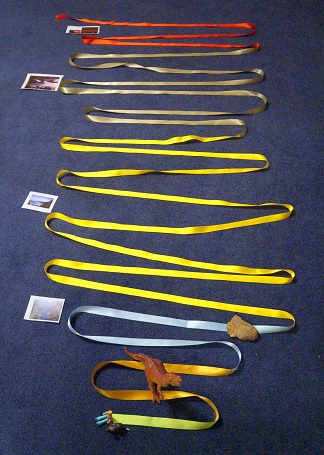
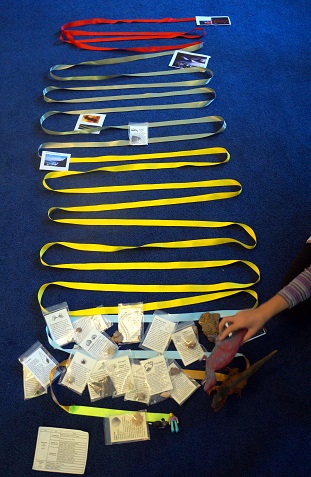
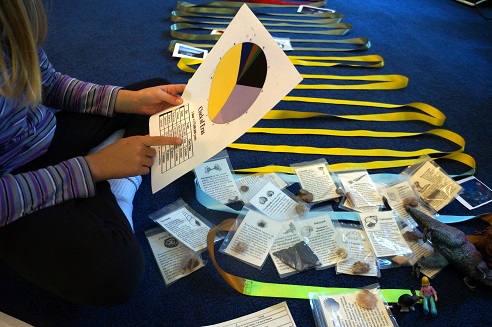
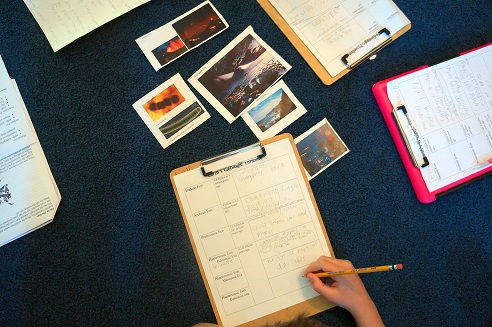
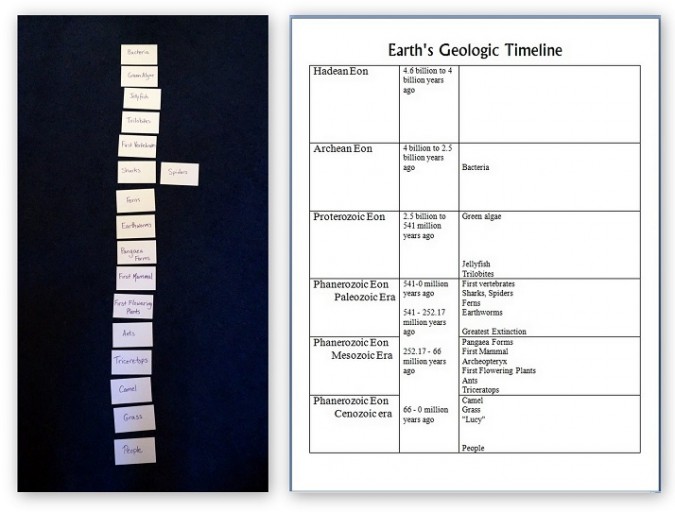
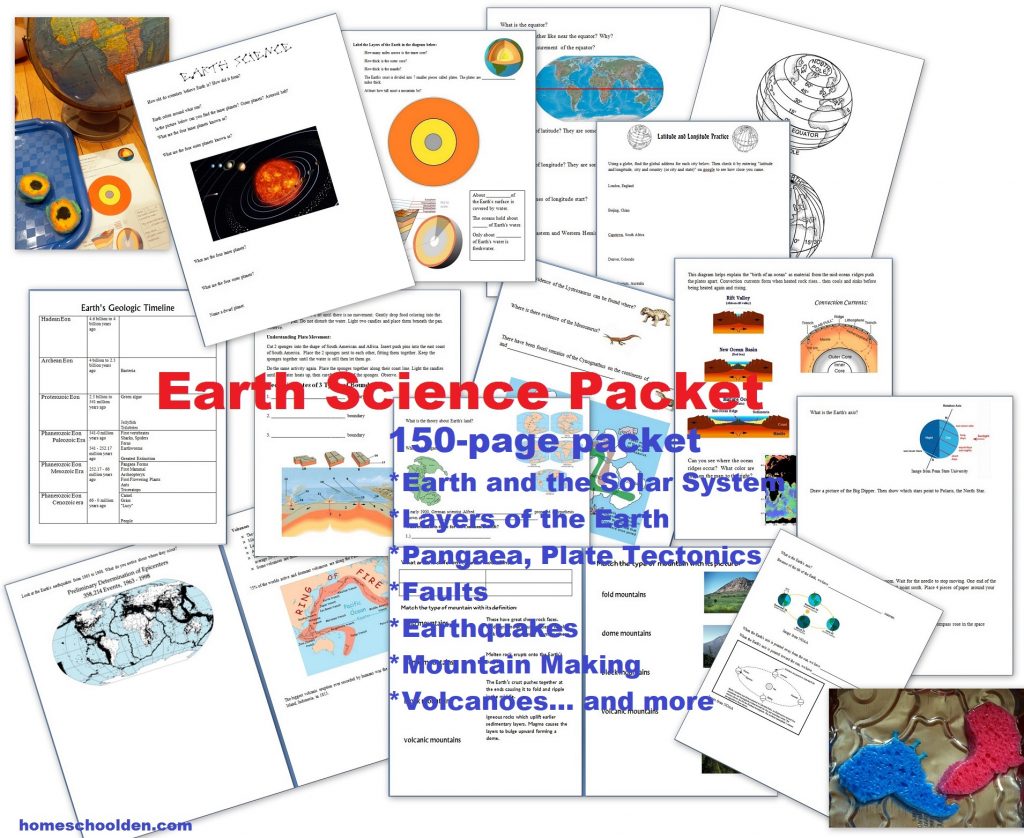
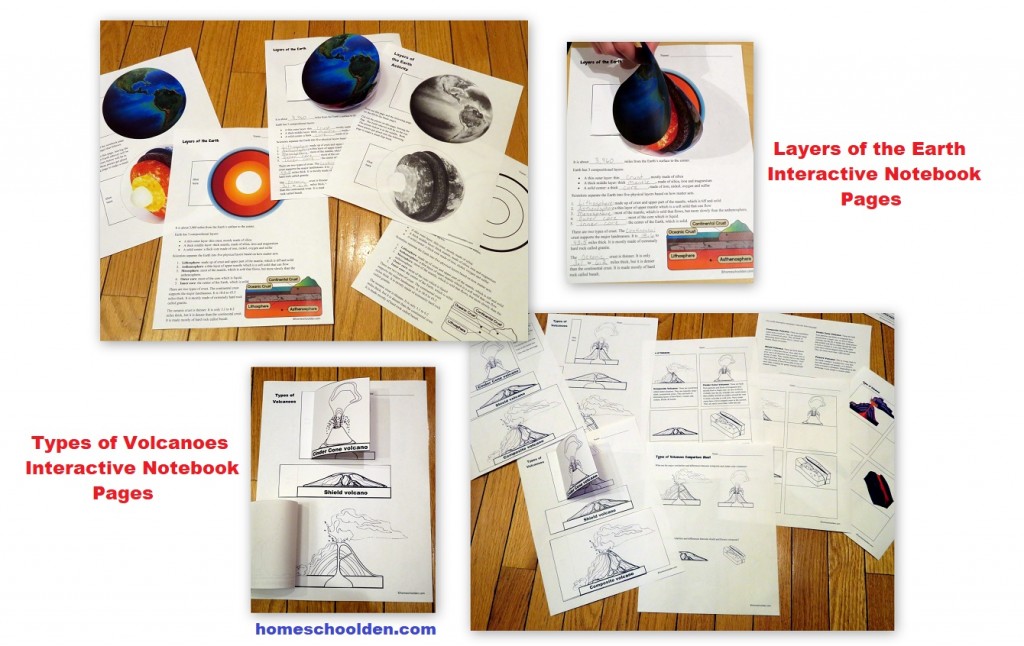
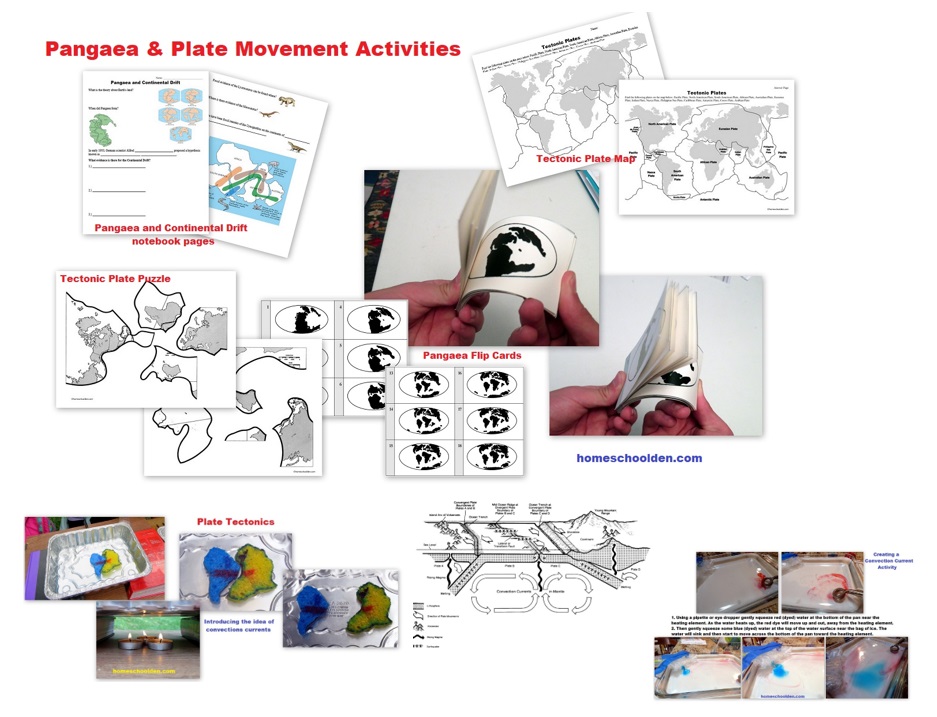
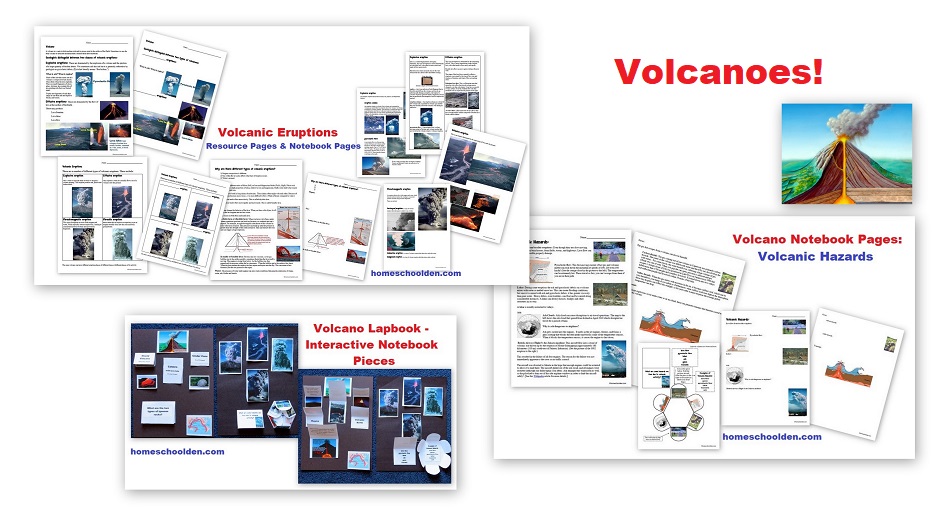

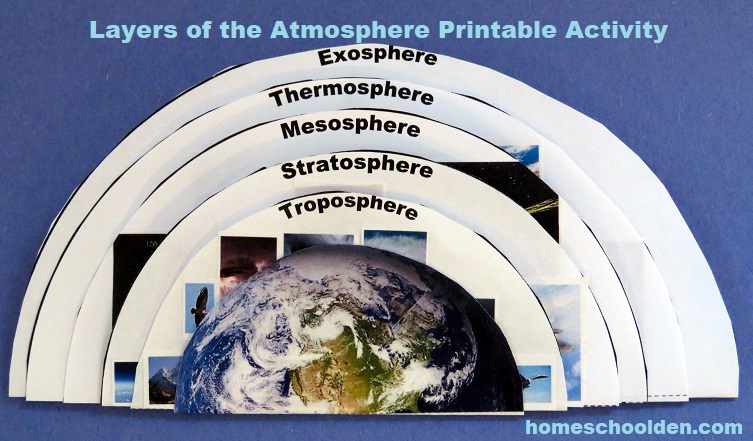
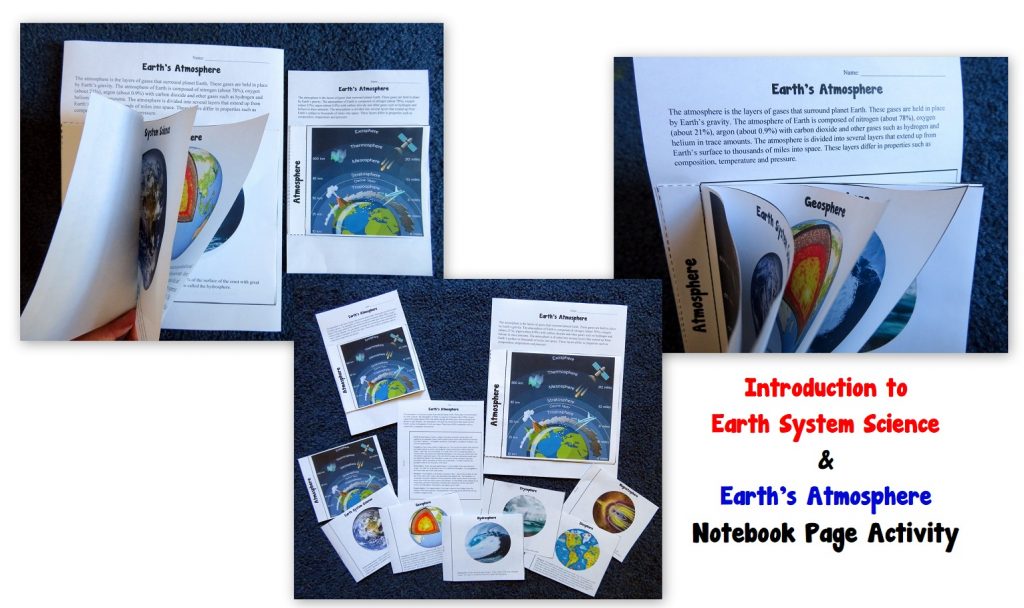
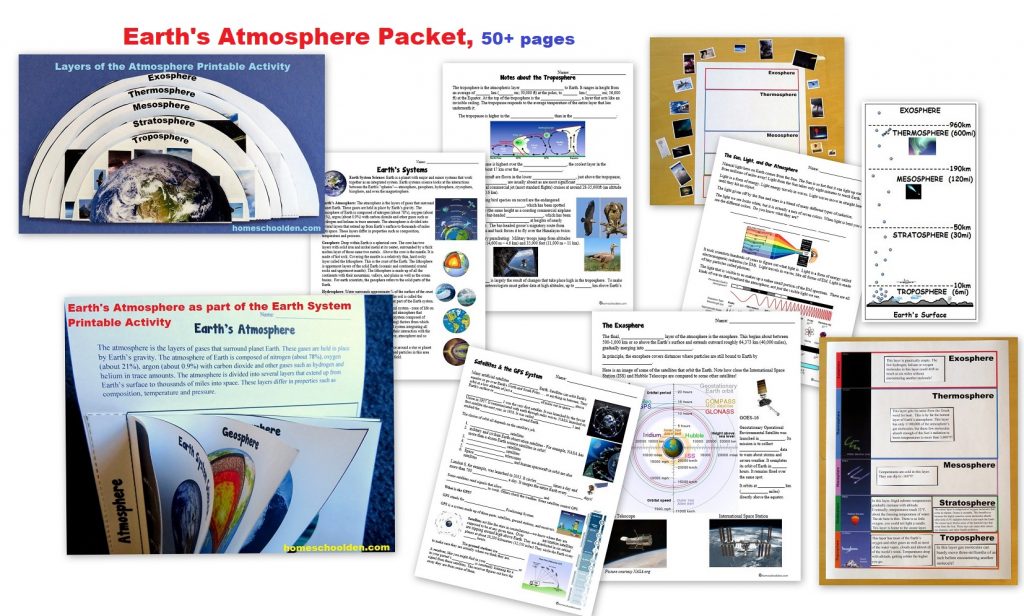
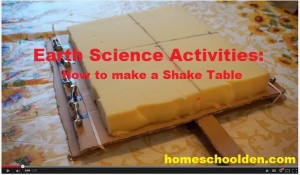
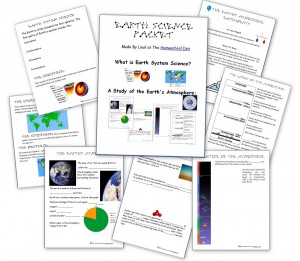






















































4 Responses
[…] Earth’s Geologic Timeline – How scientists divide Earth’s history into eons and eras […]
[…] Earth’s Geologic Timeline – How scientists divide Earth’s history into eons and eras […]
[…] about the age of the Earth (4.6 billion years) and the appearance of various critters in the geologic timeline (trilobites, sharks, dinosaurs, ants and more). We also l learned about latitude, longitude and […]
[…] about the age of the Earth (4.6 billion years) and the appearance of various critters in the geologic timeline (trilobites, sharks, dinosaurs, ants and more). We also l learned about latitude, longitude and […]